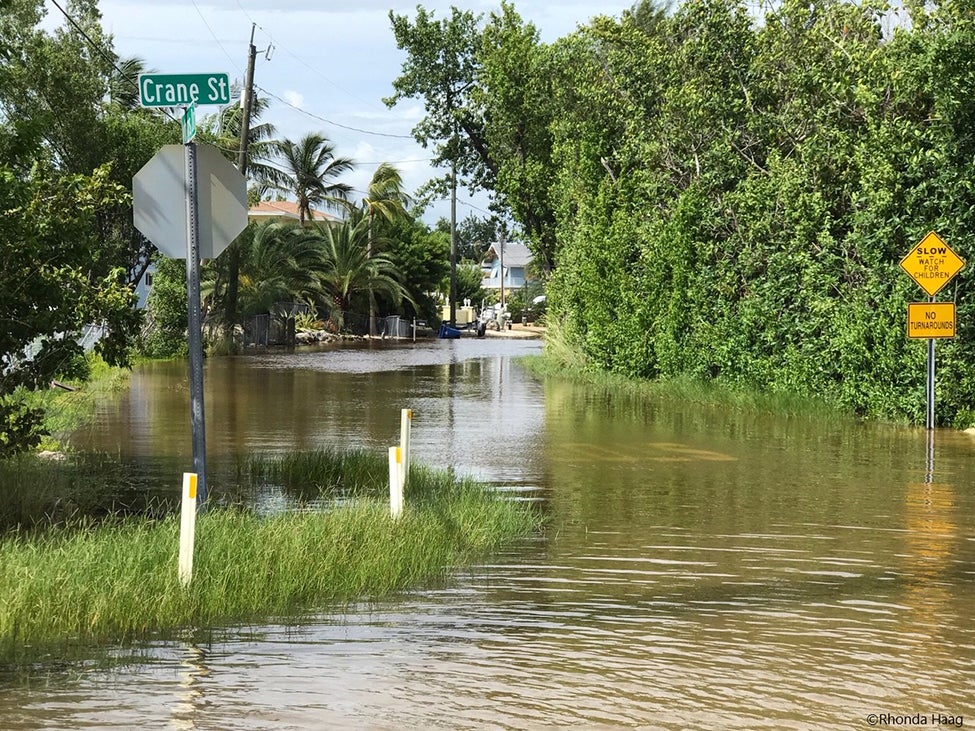Developing Proactive & Adaptive Transportation Resiliency Planning
A Resiliency Planning Framework Protects Critical Infrastructure and Cultivates Long-Term Benefits
This year’s major storms, wildfires and, of course, pandemic have reinforced the need for resilient, reliable infrastructure to keep our communities connected safely. Taking action today using smart resiliency planning will help protect critical infrastructure, safeguard access to essential services and jobs, and save time, money and potentially lives down the road.
At its basic level, the key to resiliency planning is to gather all necessary information about transportation infrastructure assets and identify which are vulnerable and which are critical. From there, policy makers, department leaders, and professional consultants can develop mitigation strategies to minimize the impact of a disaster — or potentially avoid that impact altogether.
Our experts developed a resiliency planning framework to help communities prepare for the worst. HDR’s Transportation Sustainability and Resiliency Director Pam Yonkin, Climate Change and Resiliency Lead Michael McMahon and Project Manager Emilio Corrales detailed the five key phases of this customizable approach in an article for the September issue of Roads & Bridges. This framework is conscious of changing community needs and its assets, and offers added value no matter the hazard and no matter the project’s stage.

The potential hazards vary based on geography, but the approach to mitigation remains the same. The article explores two different projects wherein agencies reached out to HDR for a proactive approach to combat future disasters: a detailed analysis of 1,200 county-maintained roadway segments in Monroe Country, Florida, as well as the risk of hydrologic and structural failure of 33 bridges along a 160-mile corridor in Idaho. Both projects will yield cost and risk savings by allowing the agencies to make strategic choices with forward-thinking, holistic approach.
By planning ahead, agencies can earn long-term dividends, both cost savings and confidence from their communities.
Read more in the article from Roads & Bridges, “Solve Problems Before They Happen.”

